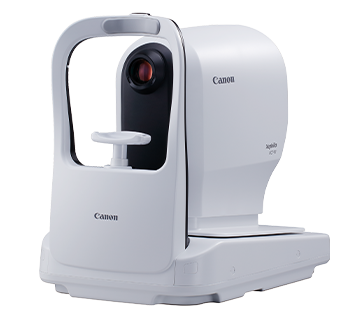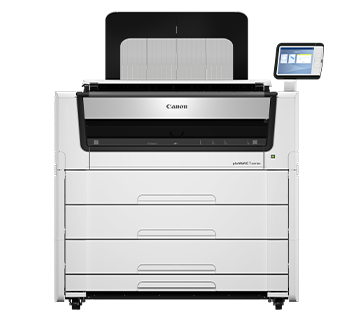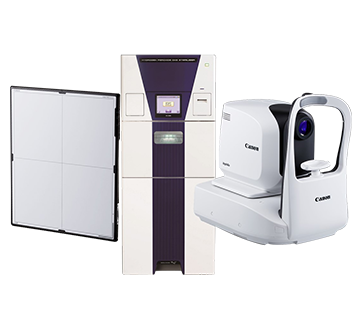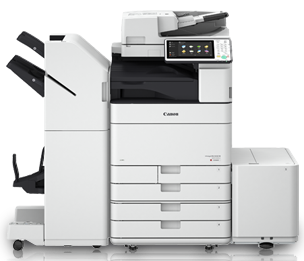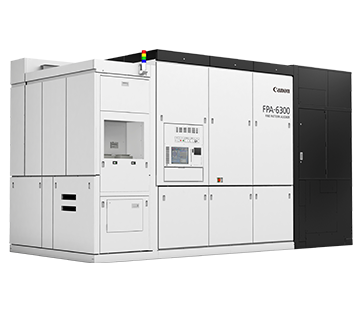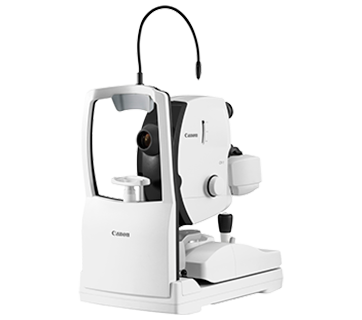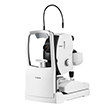CX-1 MYD/NM
CX-1 MYD/NM
The CX-1 digital retinal camera is compact and smart, synergising digital mydriatic and non-mydriatic imaging capabilities. With multiple functions and photography modes, it redefines versatility.
Promotion
Key Features
Features
Innovative combo
This fabulous machine is built with both mydriatic and non-mydriatic modes. The single onboard digital camera can also handle five different photography modes with ease, including FAF, Color, Red-Free, Cobalt and Fluorescein Angiography photography.
Great functionality
With one-touch, the operator can automatically switch between mydriatic and non-mydriatic modes. It is so advanced that it can effortlessly utilise different functions within seconds and perform several concurrent ocular tests.
Complete screening
This equipment allows the user to take one-shot FAF (Fundus Autofluorescence) photography in a standard configuration, for both mydriatic and non-mydriatic modes. Detecting Autofluorescence of the retina is an important indication of the retina's health. Using the non-mydriatic mode not only saves time and resources, it also can make the diagnostic procedure more comfortable for the patient.
Specifications
| Digital retinal camera (mydriatic and non-mydriatic) | ||
| Colour, FA, Red Free, Cobalt, FAF | ||
| Mydriatic: | Optical viewfinder | |
| Non-mydriatic: | Camera unit monitor | |
| Mydriatic: | 50 degrees | |
| Non-mydriatic: | 45 degrees | |
| 2x (Digital) | ||
| Mydriatic: | ø 5.1mm or more, ø 4.3mm or more when SP function is selected |
|
| Non-mydriatic: | ø 4.3mm or more, ø 3.8mm or more when SP function is selected |
|
| Dedicated digital camera by Canon EOS technology | ||
| 15.1 megapixels CMOS | ||
| Without compensation lens: | -10D to +15D | |
| With “-” compensation lens: | -31D to -7D | |
| With “+” compensation lens: | -11D to +33D | |
| 35mm from the front of objective lens | ||
| Working distance dots on retina | ||
| Mydriatic: | External type (standard), internal type (optional) |
|
| Non-mydriatic: | Internal fixation target (LED dot matrix, green) |
|
| Mydriatic: | Halogen lamp for observation, xenon tube for photography |
|
| Non-mydriatic: | IRED for observation, xenon tube for photography |
|
| 65mm front and back, 110mm side to side, 30mm up and down | ||
| 30 degrees to the right and left | ||
| 15 degrees up, 10 degrees down | ||
| Temperature: | 10°C to 35°C | |
| Humidity: | 30% RH to 80% RH | |
| 320 x 531 x 577mm (12.6 x 20.9 x 22.3in.) | ||
| Approx. 26kg (57lb.) | ||
| • Main unit • Digital camera • External eye fixation lamp • Video cable • Power cable • Camera mount cap • Chin rest paper (100 sheets) • Dust cover • Retinal imaging control software for CX-1 |
||
| Simulated images and specifications are subject to change without notice. |
Product Disclaimer
- 01. Prices, specifications, availability and terms of offers may change without notice.
- 02. Products / Services may be manufactured by and/or supplied to us by third party manufacturers / suppliers for distribution / resale (non-Canon brand products).
- 03. Prices above are recommended retail price in SGD and may change without prior notice.


